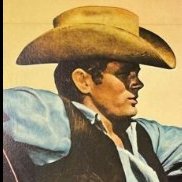Has Anyone Run the Train from BKK to Aranyaphrathet recently?
-
Recently Browsing 0 members
- No registered users viewing this page.
-
Topics
-
Popular Contributors
-
Latest posts...
-
-
19
EVA Air Flight BR67 Makes Emergency Landing at Suvarnabhumi After Circling Thai Skies
I doubt that as I'm on one in 3 weeks 🤔 -
27
The dumbest thing you will ever see
RE: Topic title dumbest thing ... Ms. Kristi Noem, Homeland Secretary, standing in front of Salvadoran prison holding extradited detainees wearing (per NY Times) a $50,000 Rolex watch: -
-
615
Trump Starts Global Tariff Wall, Thailand Hit with 36% Tax
All of the world leaders have to treat Donald Trump like a pariah. This guy deserves no respect from anyone after this unnecessary tariff fiasco. His VP does not need any respect either, same goes for Elon Musk, in My Opinion.- 1
-

-
1
Ban for Double-Decker Buses on Seven Risky Routes During Songkran Festival
Don't ban the buses, ban the dangerous operators.....
-
-
Popular in The Pub
-
.png.3b3332cc2256ad0edbc2fe9404feeef0.png.8488ab72b8bb2e508209bfe3211b6e08.png)











Recommended Posts
Create an account or sign in to comment
You need to be a member in order to leave a comment
Create an account
Sign up for a new account in our community. It's easy!
Register a new accountSign in
Already have an account? Sign in here.
Sign In Now